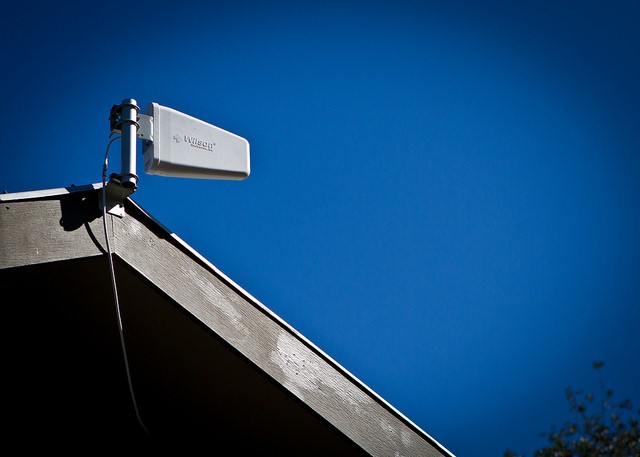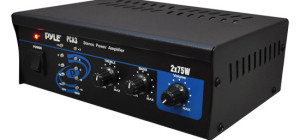The basic function of every type of cell phone signal amplifier is to receive the weak signal at your home, workplace, RV and vehicle etc. and amplify it before transmitting it again for a snag free cell phone signal. Most signal boosters comprise of 4 main components, namely the antenna, the signal repeater or amplifier, the cables and the internal antenna. The external antenna receives the signal which is then transferred to the amplifier via a cable and then transferred to the internal antenna that relays the signal in a specific area. Explained below are the various individual components of cell phone signal boosters and their functioning.

1. The External Antenna
The external antenna is the component that receives the signal from the signal tower and then sends it to the amplifier unit. External antennas are places outside the house or workplace or usually the spot where the signal is the strongest. The outside antennas can be either uni-directional or omni-directional. The uni-directional antenna works the best when it is directly pointed at the signal tower. The omni-directional antennas are more versatile as they can catch the signal from any direction and need not be placed directly facing the signal tower. The directional antennas however provide a higher signal gain as compared to the omni-directional one. The directional antennas are also less prone to any sort of interferences.
2. The Signal Amplifier
Known as the booster or repeater unit, the signal received by the external antenna is then carried to a signal amplifier that strengthens the weak signal before transmitting it to the user. There are basically 2 types of signal amplifiers, the single and dual band amplifiers. Generally single band amplifiers refer to the amplifiers that only boost 2 frequencies. Single band amps boost either 850 MHz or 1900 MHz of signal frequencies. The dual band on the other hand can boost any of the two frequencies but they are generally compatible with just a single service provider. You might want to do some research as well before setting up an amplifier to suit your needs.
3. The Internal Antenna
Like the external antennas, the inside antennas also come in a variety of sizes and features. They can be both omni and uni-directional and can be wireless as well. Some signal boosters also feature internal antennas which are attached to the amplifier unit. It certainly makes installation easy but you need to be careful where to install your amplifier unit as it should be visible and cannot be hidden away from your home décor. However, most renowned signal amplifier manufacturers have a separate antenna that you can place anywhere inside your residence or workplace according to your convenience. There are various types of antennas that can either be placed on the ground or a desk, or can also be mounted on the ceiling or wall. Some antennas are also designed to look like light fixtures which are meant to keep a low profile amidst your home décor.
4. The Connecting Cable
All the other components while being individually important are rendered useless without a connecting cable unit that transfers the signals between the various units. The type of cable and connectors used depend on the make and brand of the signal amplifier that you have purchased. While some manufacturers use the standard RG6 or RG59 75 Ohm coax which is the same cable used for your cable or satellite TV unit. While this is a versatile and less expensive cable it sometimes fails to do the job smoothly as compared to LMR-400 50 Ohm Coax, which is used by several other signal booster manufacturers.
It is always recommended to install the amplifier as close to the external antenna as possible to prevent too much loss of signal strength. This is a particular problem when using the RG6 or RG59 75 coax as it will lose around 6-10 Db of signal every 100ft.
Shared by wilsonamplifiers.com.







